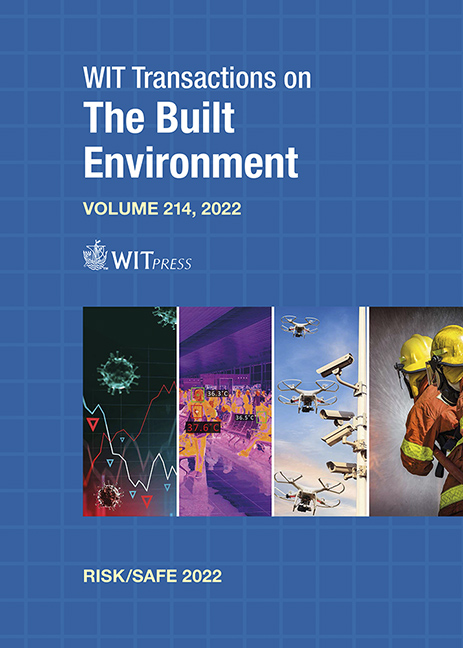ANALYTICAL MODEL FOR ASSESSING THE RESILIENCE OF CROSS-BORDER CRITICAL TRANSPORTATION INFRASTRUCTURE
Price
Free (open access)
Transaction
Volume
214
Pages
12
Page Range
83 - 94
Published
2022
Paper DOI
10.2495/SSR220071
Copyright
Author(s)
FABIO BORGHETTI, GIOVANNA MARCHIONNI
Abstract
Modern industrialized countries depend on the proper functioning of interdependent infrastructure systems, such as transportation, energy, water, and telecommunications networks. These systems are often critical because they contribute to the organization, functionality, and stability of society. Accidents and disruptions can affect these systems, generating consequences and impacts on the economy, health, safety, and welfare of citizens in one country or several neighboring countries. In case of disruption of a critical cross-border transportation infrastructure, impacts affect not only the area of the event but also a wider area. Depending on the type of event and estimated duration, impacts on the mobility of people and goods can be assessed by considering delays, increased traffic, and potential increase in accidents. The goal of this paper is to present an analytical model to study the resilience of critical road and rail transportation infrastructure; the model is applied to a case study including the Lombardy region (Italy) and Canton Ticino (Switzerland) to verify its validity. The proposed model was developed within the SICt project – Resilience of Cross-Border Critical Infrastructure as part of the Interreg VA Italy–Switzerland Program 2014–2020. The model proposes a resilience index (RI) calculated for the road and rail transport network element (link). The formulation of the index considers three independent indicators: (i) RIRM (resilience index – rescue management) related to the resources that can be activated and used to cope with an event; (ii) RIPP (resilience index – plans and management) related to the rapidity with which the necessary resources can be activated considering the presence of plans and procedures; and (iii) RIRN (resilience index – network and traffic) related to the robustness of the transport network elements. This paper focuses on the third indicator (RIRN) with reference to the analytical formulation and application of the case study.
Keywords
transport resilience, critical infrastructures resilience, critical infrastructures safety, emergency management, transport vulnerability, road network




